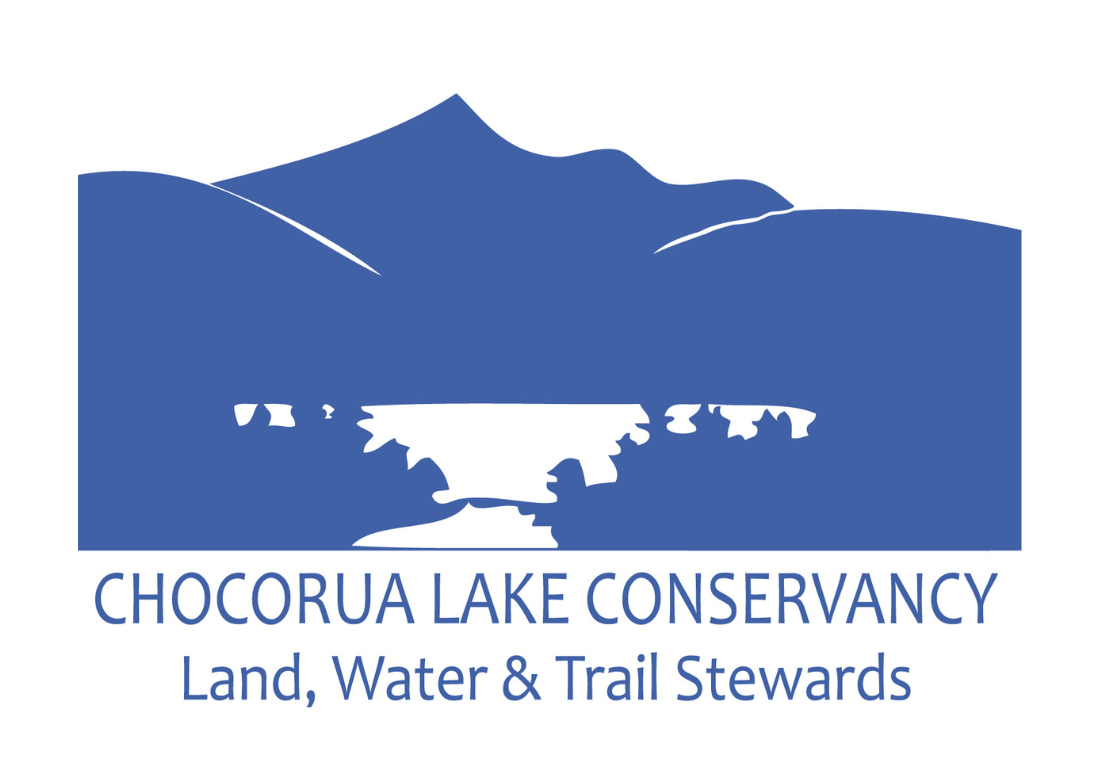If you missed our Annual Meeting, with an informative and important presentation by Dr. Bob Newton, Professor of Geosciences at Smith College, and Tara Schroeder, Education Coordinator at Green Mountain Conservation Group, you can watch it below! The slide deck with many thank yous, financial reports, new board member bios, and more, is HERE.
We didn’t have time to respond to all the questions that came in after the presentation. Bob Newton and Tara Schroeder kindly answered them after the meeting, and you can find their responses below.
Click on the video below to watch the whole thing, or click on one these time stamps to jump to a particular section:
Lynne Flaccus, Stewardship Director (00:00) —"A Year of Stewardship"
Sheldon Perry, LPMC Chair (6:55)—"Basin View Lot update"
Nominations to CLC's Board of Directors (14:07)
Ken Smith, Chocorua Mountain Club (21:20)
Guest Presentation: "Ensuring Drinking Water Quality in the Ossipee Watershed" (28:50) —Bob Newton - Professor of Geosciences, Smith College & Tara Schroeder - Education Coordinator, Green Mountain Conservation Group (GMCG)
Thank you to all our speakers, and to everyone who attended live—it was wonderful to see all your faces.
Here are the answers to questions for our presenters that we weren’t able to get to during the meeting. Thank you to Bob Newton and Tara Schroeder for responding after the meeting!
QUESTION
Could the White Mountains be the source of the arsenic found in southern NH? Could the rivers and groundwater flush it to the south so that's why we don't have as much?
ANSWER
The arsenic is derived from the breakdown of minerals in the bedrock. The minerals in the bedrock in southern NH are different than the minerals in the local bedrock and that accounts for the difference in arsenic concentrations between the two areas. Now it should be noted that there is a lot of variation in the bedrock from place to place so there are some places locally that could have high arsenic concentrations as well.
QUESTION
Is the Conway Granite a possible source of the uranium?
ANSWER
The Conway Granite is known to have relatively high concentrations of uranium and therefore would be a potential source in groundwater. Generally high uranium concentrations are associated with deeper drilled wells compared to shallow wells that generally have lower concentrations.
QUESTION
Can the 2019 high Cl and Na be due to the drought?
ANSWER
The samples were collected in June of 2019 and there was not a drought at that time. However, salt concentrations do vary throughout the year presumably due to weather conditions. Although the 2016 and 2019 sampling was done in the same month (June), the amount of rainfall in the previous 3 or 4 weeks could have been different and thus could account for the changes in the concentrations that were observed. The data presented does not conclusively prove that salt concentrations are increasing but does strongly suggest it.
Banner: Mount Chocorua visible behind the Narrows Bridge, looking from Little Lake toward Chocorua Lake.

